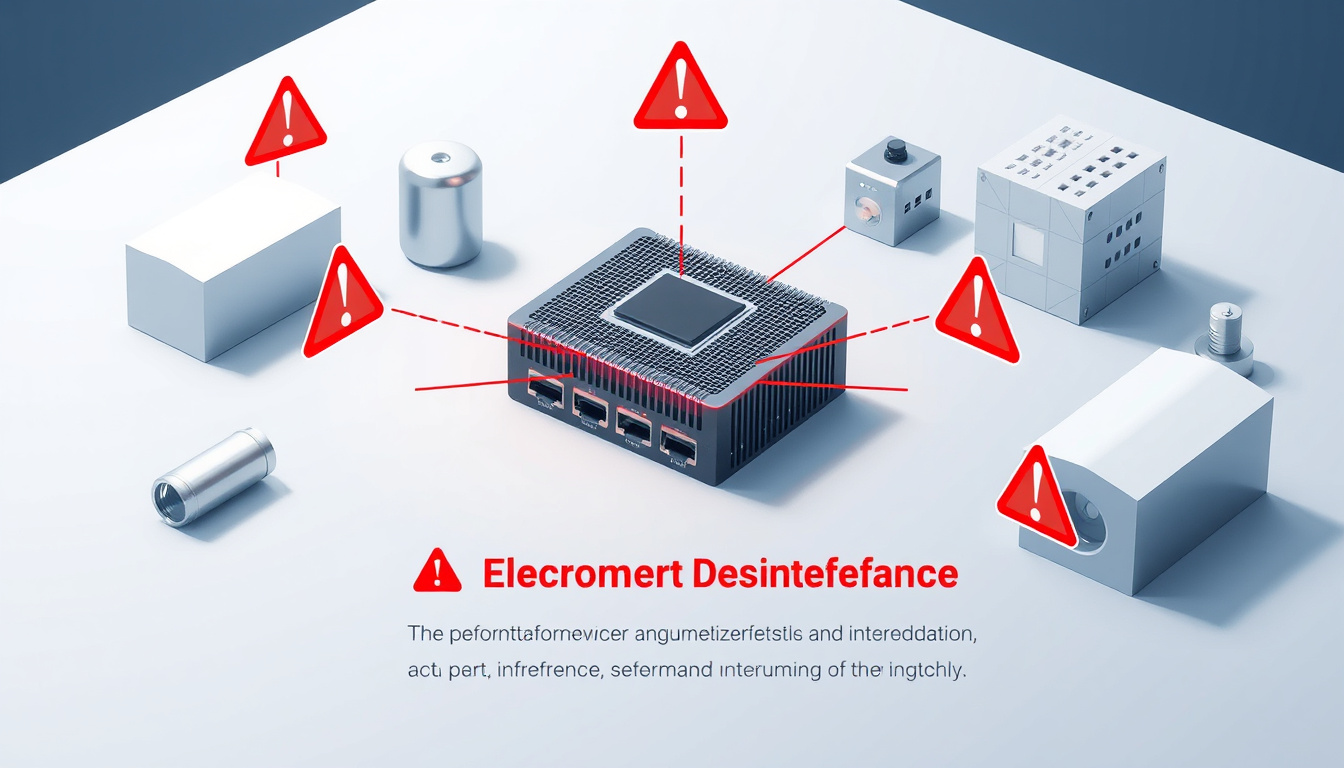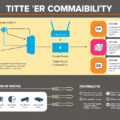When setting up network nodes or resources in gaming or networking contexts, one crucial factor that often spans discussions is node placement, particularly in relation to nearby metal objects. Understanding how metal can impact performance is essential for optimizing connectivity and efficiency. In this guide, we’ll explore why avoiding proximity to metal objects can significantly enhance your system’s performance.
Understanding Node Placement
Network nodes, whether in gaming environments (like resource nodes in multiplayer games) or WiFi systems, require strategic placement for optimal interaction. The effectiveness of these nodes is largely contingent on their ability to maintain strong signals. A primary concern when considering signal integrity is the influence of environmental factors, particularly metallic structures.
Signal Interference from Metal
A fundamental principle in both telecommunications and gaming setups is that metal can interfere with the signals transmitted between nodes. Whether it’s a WiFi mesh system or in-game resource nodes, metal acts as a barrier that can disrupt signal strength and quality. Here are some specifics on how metal affects node performance:
-
Reflection and Absorption: Metal surfaces can reflect signals, causing them to take unintended paths or get absorbed, ultimately leading to weaker connectivity. For WiFi systems, placing nodes near large metal appliances, like refrigerators or microwaves, can lead to significant connectivity issues.
-
Reduced Range: The presence of metal can reduce the effective range of signals. For WiFi systems, this can manifest as dead zones where devices are unable to maintain a stable connection, drastically reducing overall network performance.
-
Increased Latency: The distance and disruption caused by interference will often lead to increased latency, affecting not only connection speed but also gameplay performance in online settings. Nodes that experience high latency can cause delays, impacting in-game actions and reducing the overall user experience.

Best Practices for Node Placement
To avoid the pitfalls of placing nodes near metal objects, consider the following best practices:
1. Keep Distance from Metal Objects
When deploying nodes—be it for a gaming environment or a WiFi system—ensure they are placed at least several feet away from any significant metal objects. This distance can help maintain signal strength and reduce opportunities for interference.
2. Strategic Location Choices
Choose open spaces for node placement rather than enclosed areas where metal objects are present. Higher placement, away from floors and ceilings covered in metal, can enhance performance by securing a clearer signal path.
3. Monitor Signal Strength
Utilize tools that allow you to measure signal strength (like the Received Signal Strength Indicator or RSSI for WiFi). Regularly check these metrics to identify problem areas and make adjustments to node placement as needed.
4. Avoid Obstructions
In addition to avoiding metal objects, be mindful of other potential obstructions such as walls, glass, and large furniture that might also affect signal quality. The clearer the line of sight between nodes, the better the performance.
Conclusion
The optimized performance of nodes, whether in gaming or networking, is intrinsically linked to their proper placement. By avoiding placement near metal objects and following best practices, users can achieve clearer signals, reduced latency, and overall enhanced performance. As you set up your environment—be it a home network or a complex gaming setup—keep these principles in mind to make the most of your resources. By prioritizing careful node placement, you can significantly enhance connectivity, gameplay dynamics, and overall user satisfaction.



